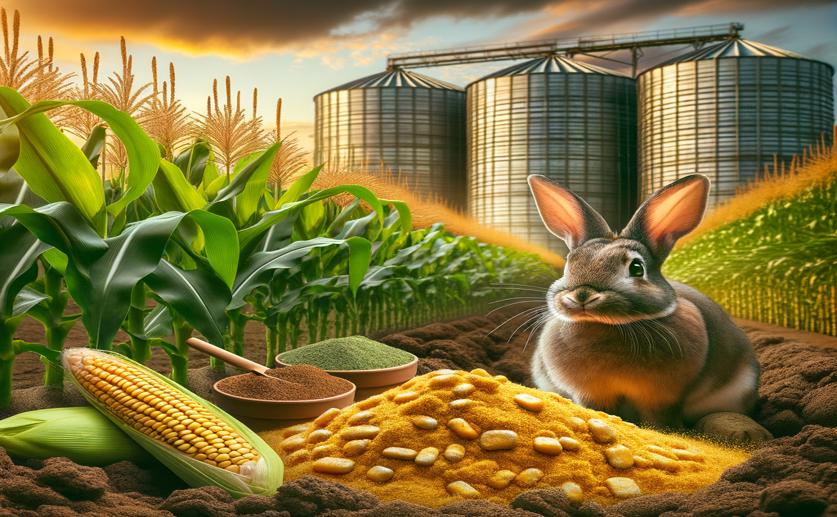
Boosting Corn Silage Yield with Rabbit Manure and Fertilizer
Jenn Hoskins
13th March, 2024

Image Source: Natural Science News, 2024
Key Findings
- In a study from the University of Siedlce, mixing rabbit manure with mineral nitrogen improved maize yields
- Maize absorbed more nitrogen when higher levels of both rabbit manure and mineral nitrogen were used
- The best results for maize yield and nitrogen uptake were with 60 tons of manure and 100 kg of mineral nitrogen per hectare
AgricultureEnvironmentPlant Science
References
Main Study
1) Increasing silage maize yield and nitrogen use efficiency as a result of combined rabbit manure and mineral nitrogen fertilization.
Published 11th March, 2024
https://doi.org/10.1038/s41598-024-56669-z
Related Studies
2) Effect of replacing synthetic nitrogen fertilizer with animal manure on grain yield and nitrogen use efficiency in China: a meta-analysis.
3) Effects of organic fertilizers on yield, soil physico-chemical property, soil microbial community diversity and structure of Brassica rapa var. Chinensis.
4) Combined Application of Manure and Chemical Fertilizers Alters Soil Environmental Variables and Improves Soil Fungal Community Composition and Rice Grain Yield.
5) Combined applications of organic and synthetic nitrogen fertilizers for improving crop yield and reducing reactive nitrogen losses from China's vegetable systems: A meta-analysis.



 2nd February, 2024 | Mary Jones
2nd February, 2024 | Mary Jones